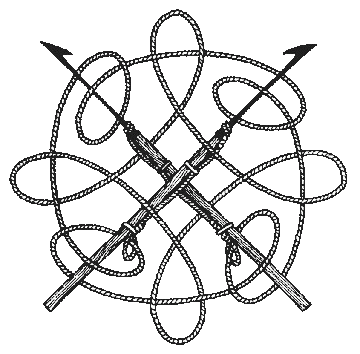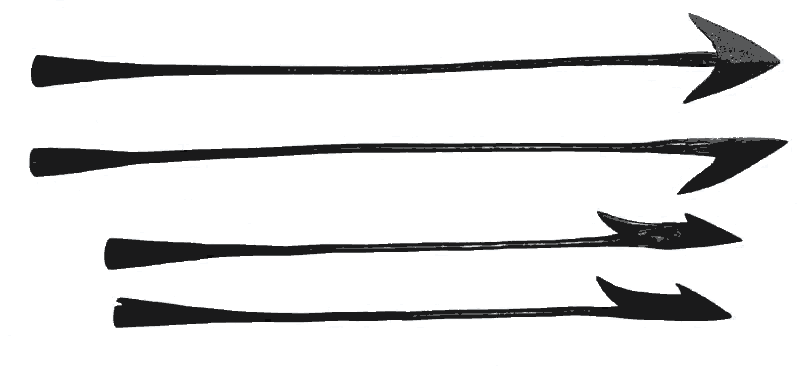 Whaling
Whalesite
Whaling
Whalesite


|
January 31, 1938 - April 21, 2020 Thomas G. Lytle, author of Harpoons And Other Whalecraft (The Old Dartmouth Historical Society, 1984), and creator of the Whalecraft website at whalecraft.net died on April 21, 2020, in Danbury, CT at the age of 82. At the time of his death, his website was no longer accessible on the internet having been taken down some months earlier. The reproduction of Lytle's "Whalecraft" here is offered in his memory and to share with others his research and scholarship. Tom Tyler, |

The term whalecraft encompasses all those tools used for taking whales and processing blubber into whale oil through the nineteenth century. Included are the whaling implements employed by hand on wooden hull sail-powered whaling vessels around the world. The last whaling voyage in the United States was by the whaling schooner John R. Manta in 1925. That voyage marked the end of the hand harpoon and whalecraft as presented here.

Basic Harpoon designs; two-flue, single-flue, Temple iron and toggle iron. Author's collection This web site includes whalecraft, the development of harpoons and other whaling implements, information about the men who designed them, made them and those who used them. Also included, to complete the picture, are illustrations and descriptions of the use of the various items of whalecraft and methods of the whale fishery.

This is not an official web site of the New Bedford Whaling Museum. Several years ago I wrote the book, Harpoons and Other Whalecraft published in 1984 by the New Bedford Whaling Museum, New Bedford, Massachusetts, and reprinted in 2005. The museum has graciously granted permission to use material from that book on this web site. Visitors to this site are encouraged to visit the New Bedford Whaling Museum web site at https://www.whalingmuseum.org, or by clicking on the museum's logo at the right. All photos of whalecraft on this site are courtesy of the New Bedford Whaling Museum, unless otherwise specified. The Smithsonian Institution, Washington, DC has also granted permission for use of information and illustrations they provided for the book initially. All illustrations identified as such are courtesy of History of Technology Division, NMAH, Smithsonian Institution.
The Links page has links to other whaling and maritime museums around the world. I encourage your input to expand this list.
The goal of this web site is to present a complete collection of whalecraft and related information from around the world for research and education. It is also to capture and preserve this information before it is lost in time. Toward that goal, all museums, collectors, researchers, students and historians around the world are encouraged to submit whatever relevant information and illustrations they can. The result will be a growing collection of whalecraft and related information for all to share. Whaling was international; whaleships met on the open oceans of the world and exchanged ideas, information, whalecraft designs and indeed the implements themselves. Therefore, the subject of whalecraft is not really complete without examples, information and illustrations from the whaling countries around the world. Please send any information and illustrations you may have so they can be included here. Proper credit will be given, of course.

Click on a whale stamp for the general topic, or on a specific topic :
Capturing and processing whales indicating whalecraft used
Basic timeline for major whaling events.
Two flue --- Single flue --- Toggle --- Explosive --- Poison
(click on the whale stamp image HARPOONS for general information, or a following topic for specific information on that harpoon type, two flue, single flue, toggle, explosive or poison)
Non-explosive, Explosive, Poison
Boat spades, Cutting-in, Sliver, Throat, Head, Gouge
Boarding knives, Mincing knives, Leaning knives
Greener Guns, Harpoons and Bomb Lance
U.S. Patents for Whalecraft: 1790 - 1925
Whaling and Maritime Museums Internationally
What Whalecraft Is and Is Not. (Includes farm tools, fakes, reproductions, and how to identify them)

Last updated by Tom Tyler, Denver, CO, USA, Oct 26 2022
Whaling Whalesite
